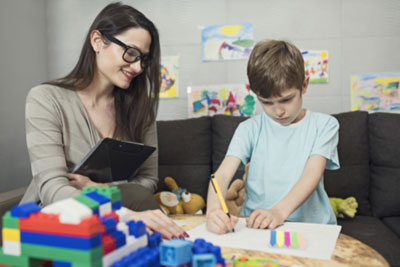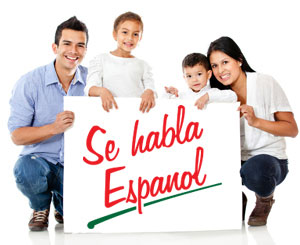Child Therapy
Child Therapy
Unlike adults, when children are distressed they express what is happening through the symbolic language of play rather than verbal language alone. As a result, the counseling between therapist and child is called “Play Therapy”. Toys work like the child’s words and play is the child’s language. Through play therapy, a child learns to communicate with others, express feelings, change behavior, develop problem-solving skills and learn new ways of relating.
The development of a positive emotional relationship between therapist and child is essential as it helps the child confront their problems in the safety of the play therapy room. As this relationship develops over time, the therapist strategically utilizes play therapy to help the child express troubling thoughts and feelings and develop better coping skills.
The parent/guardian involvement in their child’s therapy comes via collateral sessions with the child’s therapist. These collateral sessions occur separate from their child’s therapy time. In collateral sessions, the therapist meets with the parents/guardians in order to provide information about the progress of the therapeutic work, make suggestions that support the child’s problem resolution, and address the parents/guardians concerns.



